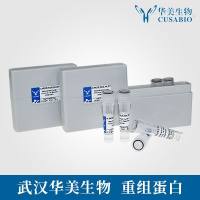From an Axon into a Growth Cone After Axotomy: A Model for Cytoskeletal Dynamics
互联网
互联网
相关产品推荐

Mouse Reactive Alzheimer's Disease Model Microglia Phenotyping IF Antibody Sampler Kit
¥500

Recombinant-Danio-rerio-Red-sensitive-opsin-2opn1lw2Red-sensitive opsin-2 Alternative name(s): Opsin-1, long-wave-sensitive 2; Opsin LWS-2 Red cone photoreceptor pigment 2
¥11942

VEGFA,VEGF/VEGFA,VEGF蛋白Recombinant Human Vascular endothelial growth factor A protein (VEGFA) (Active)重组蛋白VEGF-A, VPF蛋白
¥2124

RMDN3/RMDN3蛋白Recombinant Human Regulator of microtubule dynamics protein 3 (RMDN3)重组蛋白Cerebral protein 10Protein FAM82A2;Protein FAM82;CProtein tyrosine phosphatase-interacting protein 51TCPTP-interacting protein 51蛋白
¥1344

Recombinant-Human-Failed-axon-connections-homologFAXCFailed axon connections homolog
¥12418
相关问答

